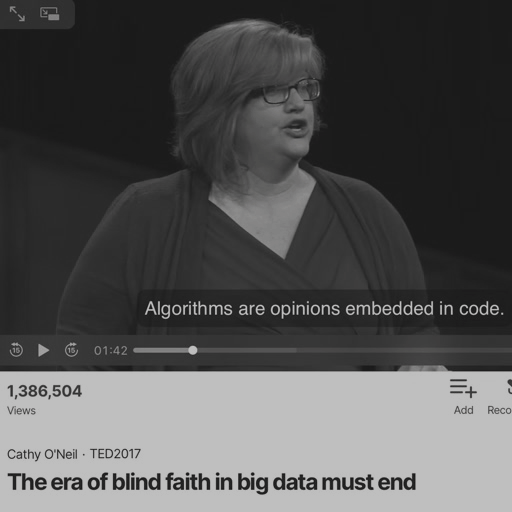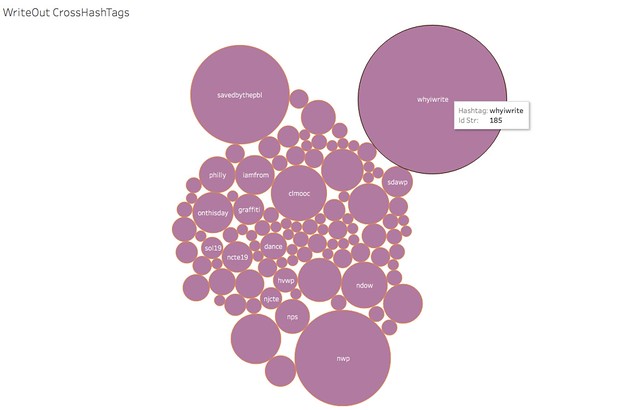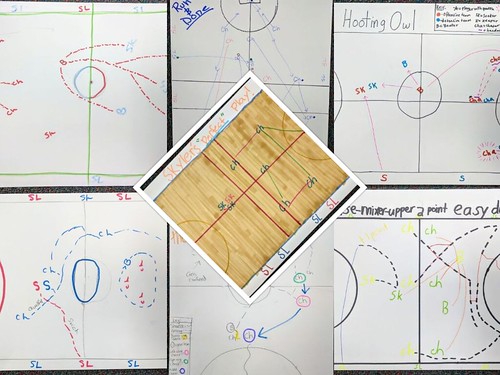 Last week, I was immersed in an online summer youth writing program for middle school writers through the Western Massachusetts Writing Project. My topic: Interactive Fiction (with a focus on ‘choose your own ending’ formats). I had 12 young writers with me on a daily journey via Zoom of writing, exploring, creating and sharing.
Last week, I was immersed in an online summer youth writing program for middle school writers through the Western Massachusetts Writing Project. My topic: Interactive Fiction (with a focus on ‘choose your own ending’ formats). I had 12 young writers with me on a daily journey via Zoom of writing, exploring, creating and sharing.
I created this online resource site with tutorials on the three main platforms that we used: Inklewriter, Twine and Google Slides. There are also some student examples at the top. Feel free to use and share anything that might be helpful. I’ll share out some reflections of running an online summer writing program in a few days.
I’d also like to give a huge shout-out to my thinking partner on designing this online program (an offshoot of a project I do in the classroom with my own students ) to Bryan Coyle, a teacher-consultant with the Minnesota Writing Project.
I had learned through the National Writing Project network (via Twitter) that Bryan was also doing an Interactive Fiction summer program, in the weeks before me, and so he and I chatted via email about program design. Bryan was so generous in sharing his resources, and I was able to adapt some of his work for my own program. He also wrote me a lengthy email after his program ended, reflecting on what worked for him and what didn’t, offering advice on how to proceed in an online environment with young writers one has never met. I am most grateful for the connection.
Peace (make a choice),
Kevin






